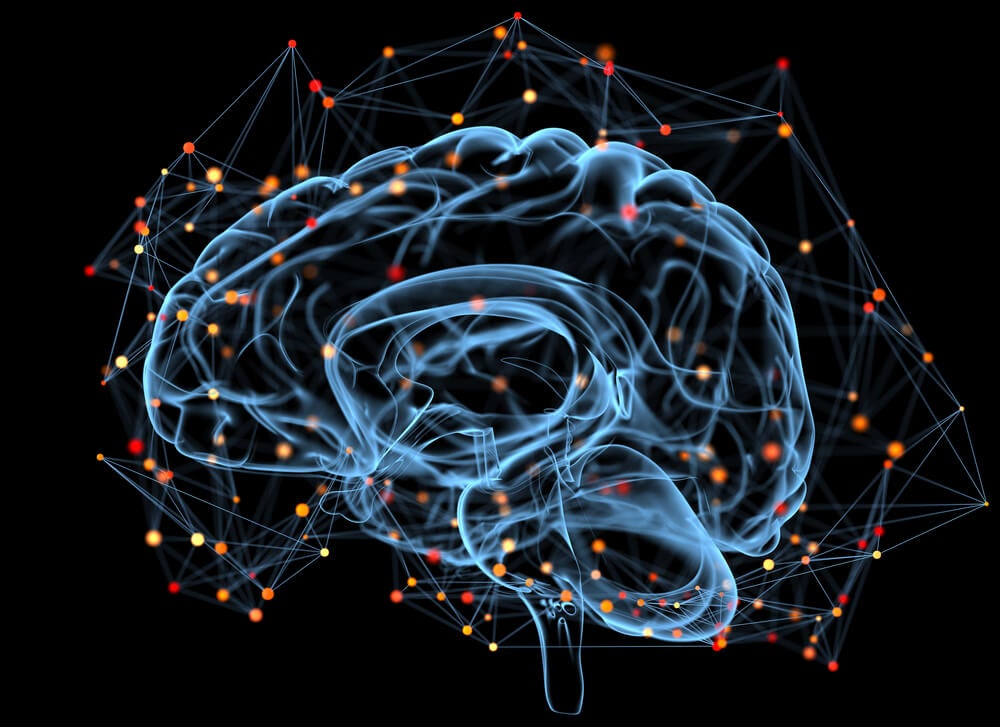John Sweller’s cognitive load theory suggests that learning takes place better in conditions aligned with human cognitive architecture. Although not known accurately, the structure of human cognitive architecture is noted through experimental research.
Cognitive load is related to the amount of information that working memory can store at the same time. Weller stated that because working memory has limited capacity, teaching methods should avoid overloading it with additional activities that do not directly contribute to learning.
- Sweller constructs a theory that deals with patterns or combinations of elements.
- Such as the cognitive structures that form an individual’s knowledge base.
- He did so after recognizing George Miller’s research on information processing.
- Which shows that short-term memory is limited in terms of the number of elements it can contain simultaneously.
Sweller argued that the pedagogical project can be used to reduce the cognitive burden of students. Much later, other researchers developed a way to measure perceived mental stress, indicating cognitive load.
An important point of John Sweller’s cognitive load theory is that a heavy cognitive burden can have negative effects on the task; In addition, it shows the importance of considering that the cognitive load experience is not at all the same, for example, older adults, students and children experience different and greater cognitive loads.
For cognitive psychology, cognitive load is the stress used in working memory. Weller designed this theory to provide guidelines to assist in the presentation of information; its objective was to promote activities that optimize the intellectual performance of students.
Thus, the author considers the contents of long-term memory to be “sophisticated structures that allow us to perceive, think and solve problems”, rather than a set of data learned in memory. These structures, called diagrams, allow us to treat various elements such as in this way, patterns are the cognitive structures that form the basis of knowledge. Diagrams are acquired during a learning life and may contain other patterns.
The difference between an expert and a rookie is that a novice has not acquired an expert’s schemes. Learning requires a change in the schematic structures of long-term memory and manifests itself in performance, which is progressive.
The change in performance occurs because, as we become familiar with the material, the cognitive characteristics associated with the material are modified so that the working memory can manage them more efficiently.
For schema acquisition to occur, the statement must be designed to reduce the load on working memory. John Sweller’s cognitive load theory analyzes workload reduction techniques in working memory to facilitate long-term memory changes associated with schematic acquisition.
Specific design recommendations for the teaching material proposed by John Sweller in his cognitive load theory include:
As we have seen, cognitive load theory is a pedagogical design theory that reflects our cognitive architecture or the way we process information. During learning, information should be kept in working memory until it is sufficiently processed to move on to its long term. Memory.
The capacity of the working memory is very limited, when too much information is presented at once, we feel overwhelmed and much of that information is lost.
Cognitive load theory makes learning more effective by using training methods that reflect it. These methods include:
One of the questions posed by the cognitive load theory is that to “know things?”You need to think critically about these things, or at least it’s more effective when it happens. It also suggests that two of the main information processing processes Activities (knowledge acquisition and problem solving) should be considered separately, focusing first on the pattern and then on troubleshooting.
In this regard, Sweller suggests that “An important reason for the ineffectiveness of problem solving as a learning device is that the cognitive processes required by the two activities overlap insufficiently and that conventional problem solving in the form of media analysis and endings require a relative amount of cognitive processing capacity that is therefore not available for schematic acquisition ?.
In other words, the reason why problem solving and knowledge control are not directly proportional is due to the functioning of the human brain. Does problem solving take up brain space? Which reduces what remains to be learned from new things. implications for how teachers can design lessons, units, and assessments.

